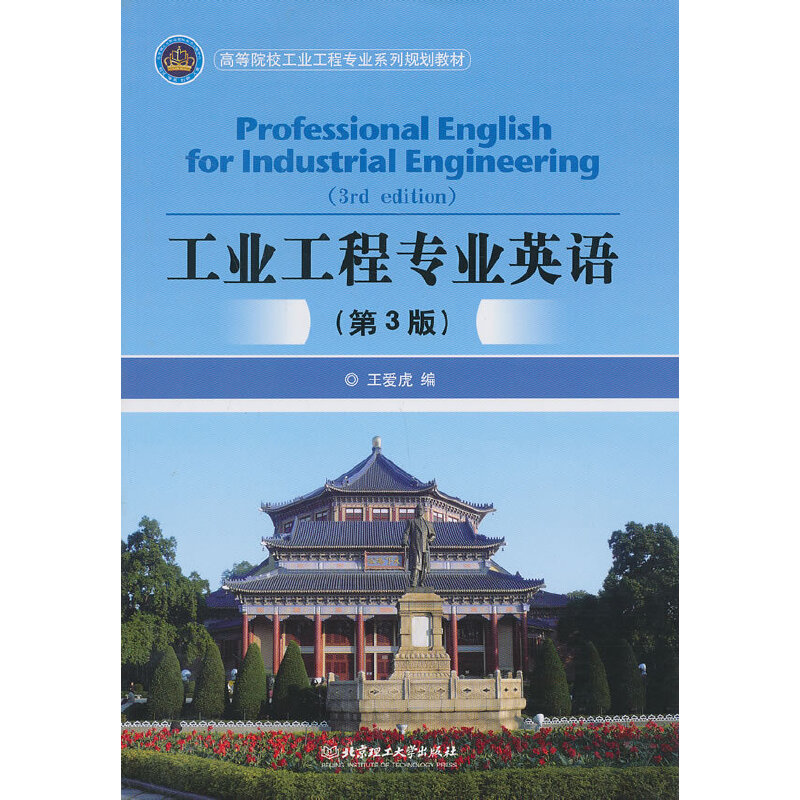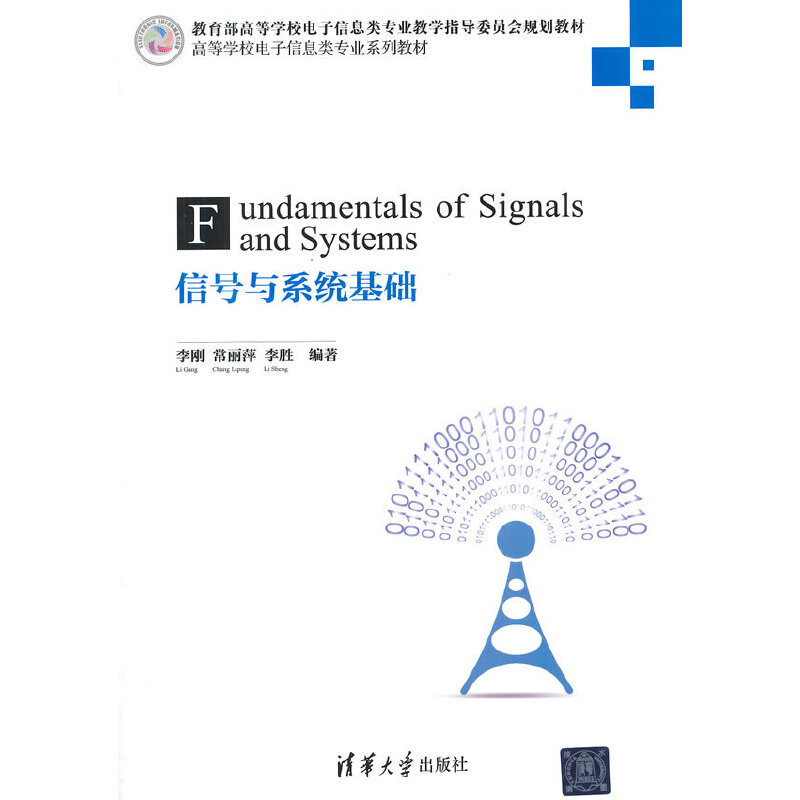操作系统概念——Java实现(第7版)(影印版)
作者: Abraham Silberschatz等
出版时间:2007年4月
出版社:高等教育出版社
- 高等教育出版社
- 9787040215090
- 7版
- 28526
- 0045151140-6
- 异16开
- 2007年4月
- 1200
- 1000
- TP316
- 计算机科学与技术
- 研究生、本科
PART ONE OVERVIEW
Chapter 1 Introduction
1.1 What Operating Systems Do
1.2 Computer-System Organization
1.3 Computer-System Architecture
1.4 Operating-System Structure
1.5 Operating-System Operations
1.6 Process Management
1.7 Memory Management
1.8 Storage Management
1.9 Protection and Security
1.10 Distributed Systems
1.11 Special-Purpose Systems
1.12 Computing Environments
1.13 Summary
Exercises
Bibliographical Notes
Chapter 2 Operating-System Structures
2.1 Operating-System Services
2.2 User Operating-System Interface
2.3 System Calls
2.4 Types of System Calls
2.5 System Programs
2.6 Operating-System Design and ImplementatiOn
2.7 Operating-System Structure
2.8 Virtual Machines
2.9 Java
2.10 Operating-System Generation
2.11 System Boot
2.12 Summary
Exercises
Bibliographical Notes
PART TWO PROCESS MANAGEMENT
Chapter 3 Processes
3.1 Process Concept
3.2 Process Scheduling
3.3 Operations on Processes
3.4 Interprocess Communication
3.5 Examples of IPC Systems
3.6 Communication in Client-Server Systems
3.7 Summary
Exercises
Bibliographical Notes
Chapter 4 Threads
4.1 Overview
4.2 Multithreading Models
4.3 Thread Libraries
4.4 Java Threads
4.5 Threading Issues
4.6 Operating-System Examples
4.7 Summary
Exercises
Bibliographical Notes
Chapter 5 CPU Scheduling
5.1 Basic Concepts
5.2 Scheduling Criteria
5.3 Scheduling Algorithms
5.4 Multiple-Processor Scheduling
5.5 Thread Scheduling
5.6 Operating System Examples
5.7 Java Scheduling
5.8 Algorithm Evaluation
5.9 Summary
Exercises
Bibliographical Notes
Chapter 6 Process Synchronization
6.1 Background
6.2 The Critical-Section problem
6.3 Peterson's Solution
6.4 Synchronization Hardware
6.5 Semaphores
6.6 Classic Problems of Synchronization
6.7 Monitors
6.8 Java Synchronization
6.9 Synchronization Examples
6.10 Atomic Transactions
6.11 Summary
Exercises
Bibliographical Notes
Chapter 7 Deadlocks
7.1 System Model
7.2 Deadlock Characterization
7.3 Methods for Handling Deadlocks
7.4 Deadlock Prevention
7.5 Deadlock Avoidance
7.6 Deadlock Detection
7.7 Recovery from Deadlock
7.8 Summary
Exercises
Bibliographical Notes
PART THREE MEMORY MANAGEMENT
Chapter 8 Main Memory
8.1 Background
8.2 Swapping
8.3 Contiguous Memory Allocation
8.4 Paging
8.5 Structure of the Page Table
8.6 Segmentation
8.7 Example:The Intel Pentium
8.8 Summary
Exercises
Bibliographical Notes
Chapter 9 Virtual Memory
9.1 Background
9.2 Demand Paging
9.3 Copy-on-Write
9.4 Page Replacement
9.5 Allocation of Frames
9.6 Thrashing
9.7 Memory-Mapped Files
9.8 Allocating Kernel Memory
9.9 Other Considerations
9.10 Operating-System Examples
9.11 Summary
Exercises
Bibliographical Notes
PART FOUR STORAGE MANAGEMENT
Chapter 10 File'System Interface
10.1 The Concept of a File
10.2 Access Methods
10.3 Directory Structure
10.4 File-System Mounting
10.5 File Sharing
10.6 Protection
10.7 Summary
Exercises
Bibliographical Notes
Chapter 11 File-System Implementation
11.1 File-System Structure
11.2 File-System Implementation
11.3 Directory Implementation
11.4 Allocation Methods
11.5 Free-Space Management
11.6 Efficiency and Performance
11.7 Recovery
11.8 Log-Structured File Systems
11.9 NFS
11.10 Example:The WAFL File System
11.11 Summary
Exercises
Bibliographical Notes
Chapter 12 Mass-Storage Structure
12.1 Overview of Mass-Storage Structure
12.2 Disk Structure
12.3 Disk Attachment
12.4 Disk Scheduling
12.5 Disk Management
12.6 Swap-Space Management
12.7 RAID Structure
12.8 Stable-Storage Implementation
12.9 Tertiary-Storage Structure
12.10 Summary
Exercises
Bibliographical Notes
Chapter 13 I/O Systems
13.1 Overview
13.2 I/O Hardware
13.3 Application I/O Interface
13.4 Kernel I/O Subsystem
13.5 Transforming I/O Requests to Hardware Operations
13.6 STREAMS
13.7 Performance
13










